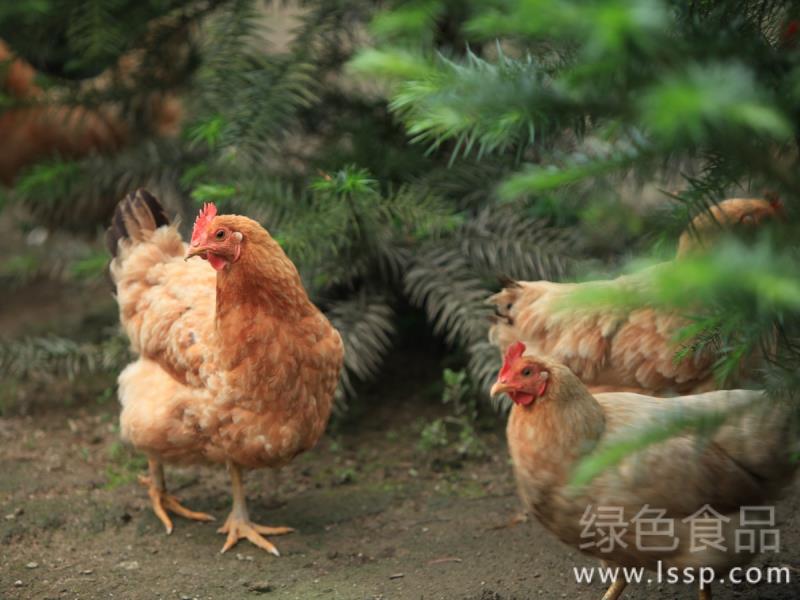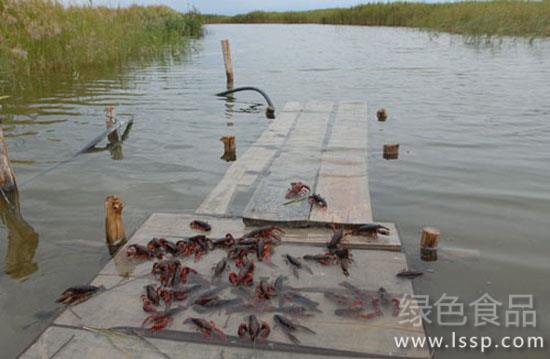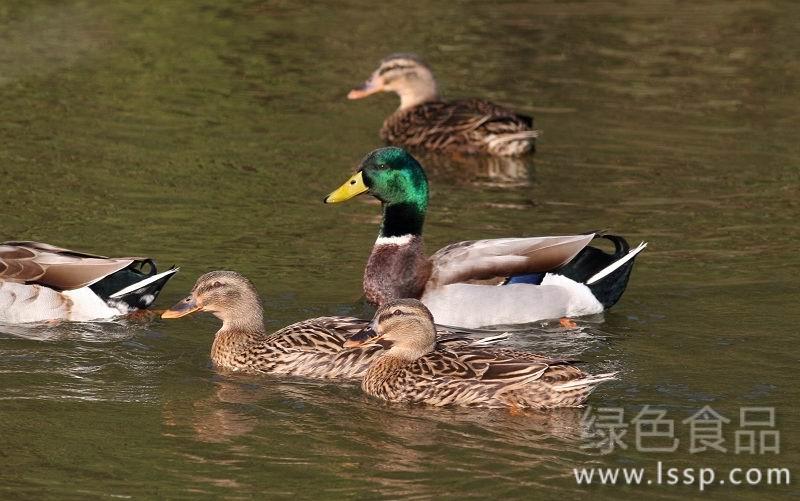The feeding management method of autumn laying hens after the physical decline of summer laying hens
The physique of laying hens declined after hot summer, and the climate turned cool in autumn, and the feed intake of laying hens increased. Strengthening the feeding management at this time is beneficial to restore the physique of laying hens and improve the efficiency of raising hens. As soon as summer passes, the weather becomes cold. during the transition between summer and autumn, laying hens are prone to hot and cold stress, resulting in changes in the laying cycle. At this time, chicken farmers should be prepared in advance. After autumn, the weather turns cool, the old laying hens enter the late laying stage, the new laying hens lay eggs one after another, the following feeding tube can make the laying hens lay more eggs and improve the economic benefit.

Laying hens
1. Adjust the flock of chickens: laying hens with few eggs, stop production, weak body, serious addiction, short peak period of egg production, overweight or too thin laying hens, sick chickens and stiff chickens with no therapeutic value should be eliminated.
2. Increase feed nutrition: layers are tired after long-term laying and hot summer. after autumn, more animal protein feed is fed to subsidize unmolted layers to continue to lay eggs and promote molting layers to quickly grow into feathers and resume egg production as soon as possible. At this time, laying hens are sensitive to nerves, so when adding high nutritional feed, they must slowly add and spread slowly, so as to avoid nerve stimulation and molting and stopping production.
3. Prevent colds and fowlpox: after autumn, the weather turns cool, the temperature difference between morning and evening is big, and chickens are easy to catch cold. First of all, to prevent colds, chickens suffering from colds, reduced resistance, easy to be complicated with other infectious diseases, so it is not appropriate to put layers into the playground prematurely. Fowlpox mostly occurs in the late autumn at the beginning of production, and most of them are infected with young chickens in the same year. Prevention of this disease should be done, with emphasis on mosquito prevention, moisture prevention and so on.
4. Do a good job in epidemic prevention and deworming: the climate in autumn is suitable for germs to multiply, and laying hens are prone to infectious diseases. At this time, an epidemic prevention injection should be carried out and parasites (especially Ascaris lumbricoides and tapeworms) should be expelled.
- Prev

Crayfish easy to culture benefit good freshwater culture crayfish 5 key points
Crayfish easy to culture benefit good freshwater culture crayfish 5 key points
- Next

Frequent occurrence of duck diseases is not conducive to the prevention and treatment of five common duck diseases in summer and autumn.
Frequent occurrence of duck diseases is not conducive to the prevention and treatment of five common duck diseases in summer and autumn.
Related
- On the eggshell is a badge full of pride. British Poultry Egg Market and Consumer observation
- British study: 72% of Britons are willing to buy native eggs raised by insects
- Guidelines for friendly egg production revised the increase of space in chicken sheds can not be forced to change feathers and lay eggs.
- Risk of delay in customs clearance Australia suspends lobster exports to China
- Pig semen-the Vector of virus Transmission (4)
- Pig semen-the Vector of virus Transmission (3)
- Five common causes of difficult control of classical swine fever in clinic and their countermeasures
- Foot-and-mouth disease is the most effective way to prevent it!
- PED is the number one killer of piglets and has to be guarded against in autumn and winter.
- What is "yellow fat pig"? Have you ever heard the pig collector talk about "yellow fat pig"?

